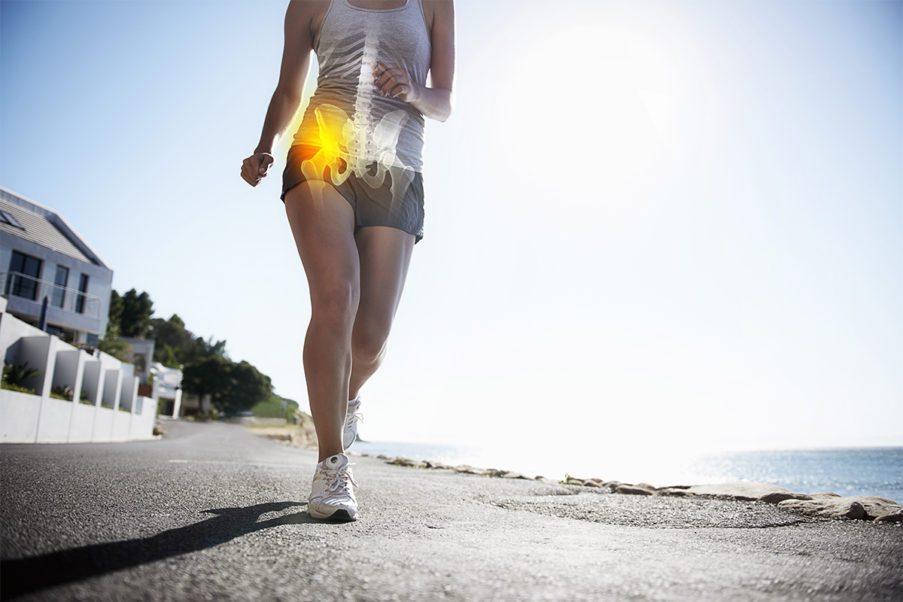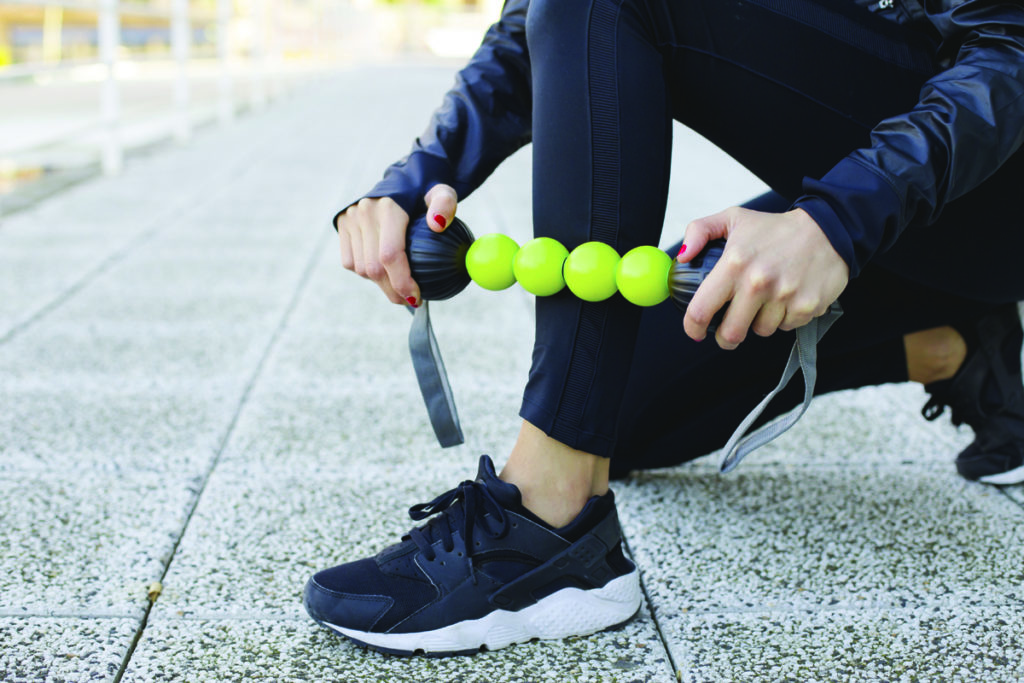The Truth About Cellulite

Cellulite, a “dimpling” appearance on the thighs, buttocks and sometimes lower abdomen and upper arms of females, is many women’s enemy. Unfortunately, about 85% of postpubertal women have a form of it (Avram 2004; Rawlings 2006). The condition, however, is rarely observed in males.
Below, Len Kravitz, PhD, program coordinator of exercise science and a researcher at the University of New Mexico, Albuquerque, and Nicole J. Achenbach, a graduate student in physical therapy, give answers to several questions about cellulite.
What Is Cellulite?
Skin 101: The outermost layer of skin is referred to as the epidermis. Immediately under this is the dermis. The next layer of tissue is the first of two layers of subcutaneous fat—fat beneath the skin (Rawlings 2006). Cellulite originates in this first region of the subcutaneous fat (Rawlings 2006; Avram 2004). According to the scientific explanation, cellulite is caused by small protrusions of fat into the dermis.
Losing Cellulite
Want to improve the look of your cellulite? Consider these suggestions.
- Healthy eating and exercise are excellent ways to start improving cellulite appearance (Avram 2004); visible cellulite is reduced in females who lose weight (Sadick & Magro 2007). Implement a calorie-restricted diet plan and a comprehensive exercise program (cardiovascular and resistance training) to reduce some underlying body fat.
- Subcutaneous fat is layered on top of muscle. Therefore, if the muscles in your hips, thighs and buttocks are weak and soft, this will contribute to the “uneven” view on the skin surface (Rossi & Vergnanini 2000). Therefore, resistance training can help minimize the appearance of cellulite.
- Don’t invest your hopes and money in liposuction, subcision, injectables, skin kneading and manipulation techniques, thermotherapy, topical ointments and herbals for cellulite management, as there is little evidence supporting their effectiveness.
- Laser therapy is noninvasive, has few side effects and shows great promise for reducing the appearance of cellulite (Avram 2004).
References
Del Pino, E., et al. 2006. Effect of controlled volumetric tissue heating with radiofrequency on cellulite and the subcutaneous tissue of the buttocks and thighs. Journal of Drugs in Dermatology, 5 (8), 709–17.
Fink, J.S., et al. 2006. Use of intense pulsed light and a retinyl-based cream as a potential treatment for cellulite: A pilot study. Journal of Cosmetic Dermatology, 5, 254–62.
Rawlings, A.V. 2006. Cellulite and its treatment. International Journal of Cosmetic Science, 28, 175–90.
Rosenbaum, M., et al. 1998. An exploratory investigation of the morphology and biochemistry of cellulite. Plastic and Reconstructive Surgery, 101, 1934–39.
Rossi, A.B.R., & Vergnanini, A.L. 2000. Cellulite: A review. Journal of the European Academy of Dermatology and Venereology, 14, 251–62.
Sadick, N., & Magro, C. 2007. A study evaluating the safety and efficacy of the VelaSmooth™ system in the treatment of cellulite. Journal of Cosmetic and Laser Therapy, 9, 15–20.
1. Do slender woman have cellulite?
Yes. Rosenbaum and colleagues (1998) explain that cellulite is often present in slender women; however, the researchers add that weight gain worsens the condition.
2. Why is cellulite more prevalent in the thighs and buttocks of females?
It is well established that women generally have a higher percentage of body fat than men. Plus, there are five times more adipocytes (fat cells) in the thighs, hips and buttocks of women than in other sites of the body (del Pino et al. 2006).
3. Is cellulite hereditary?
Yes. Rossi and Vergnanini (2000) and del Pino et al. (2006) state that there is a clear genetic predisposition for cellulite to develop. This inherent tendency will affect fat distribution and deposition.
4. Will smoking worsen the appearance of cellulite?
Yes. Cigarette smoke has been shown to weaken the formation of collagen, the chief structural protein of connective tissue (Fink et al. 2006). Weakened connective tissue may allow for easier protrusion of fat into the dermis.





